Table of Contents
Stainless steel jewelry offers several advantages. Its composition of chromium, titanium, and nickel atoms gives it a shiny surface that’s perfect for jewelry design. It’s a durable and cost-effective choice for everyday wear, making it ideal for protecting valuable rings and serving as an attractive option for wedding bands and unique gifts.
Before purchasing stainless steel jewelry, here are a few important points you should know.
What is Stainless Steel Jewelry?
Stainless steel is a mix of iron, carbon, and chromium. Stainless steel can be utilized for a variety of purposes, such as surgical and medical tools, aerospace applications, and architecture. But it’s also employed to design jewelry, and because the metal is corrosion and heat-resistant, it can make an ideal addition to your jewelry box.
Stainless steel Jewelry can tarnish, but it is much more resistant to tarnishing and ultimately more durable than the majority of jewelry you would want to wear for an extended period. Additionally, stainless steel is impervious to corrosion when exposed to water for extended periods. Furthermore, it is extremely resistant to tarnish and rust, making it an ideal material for wedding rings and other high-quality jewelry.
But is it a good idea to buy gear made of stainless steel? We’ve made a short list of the pros and cons for you.
Benefits of Stainless Steel Jewelry
Stainless steel jewelry offers many advantages, making it a popular choice among fashion enthusiasts. Let’s delve into these benefits in detail:

It doesn’t turn green.
One of the best advantages of stainless steel fashion jewelry is its resistance to tarnish and discoloration. Unlike copper or brass jewelry, which may react with humidity or air and leave unsightly green or blackish spots behind on the skin or jewelry itself, stainless steel does not react in this manner.
The longevity of the shine your stainless steel jewelry will inherit will last longer than your expectations with this specific method.
It is hypoallergenic
Stainless steel jewelry can provide the ideal choice for a person with sensitive skin or metal allergies. Being hypoallergenic due to not containing nickel (a common allergen found in other metal alloys), stainless steel provides safe and comfortable protection from skin irritation or allergic reactions.
It is safe to wear
Stainless steel is an inert, biocompatible material, meaning that prolonged contact between it and human skin should be safe and unproblematic. Compared with cheaper metals that could potentially cause skin irritation or discomfort, stainless steel stands apart by not reacting chemically when in contact with our bodies and emitting no potentially toxic compounds when coming in contact.
Due to these characteristics, it’s frequently employed in medical and dental implants due to its safety and durability.
It is waterproof
Stainless steel jewelry is extremely resistant to corrosion and rust, making it the ideal material to be worn under all conditions, including prolonged water exposure. Wear it when swimming, showering, or in humid climates without fear that its shine or integrity is being lost over time.
This durability and resistance to water damage make it a practical choice for everyday wear.
It fits most outfits
Stainless steel jewelry is known for its versatility. Its neutral and contemporary appearance complements a wide range of outfits and styles. Whether dressing up for a formal occasion or going for a casual, everyday look, stainless steel jewelry can seamlessly fit into your wardrobe.
It goes well with casual and formal attire, making it versatile for various occasions.
Read More
- Top 10 Stainless Steel Jewelry Wholesale Suppliers
- Fashion Jewelry vs Fine Jewelry: What’s the Difference
Disadvantages of Stainless Steel Jewelry
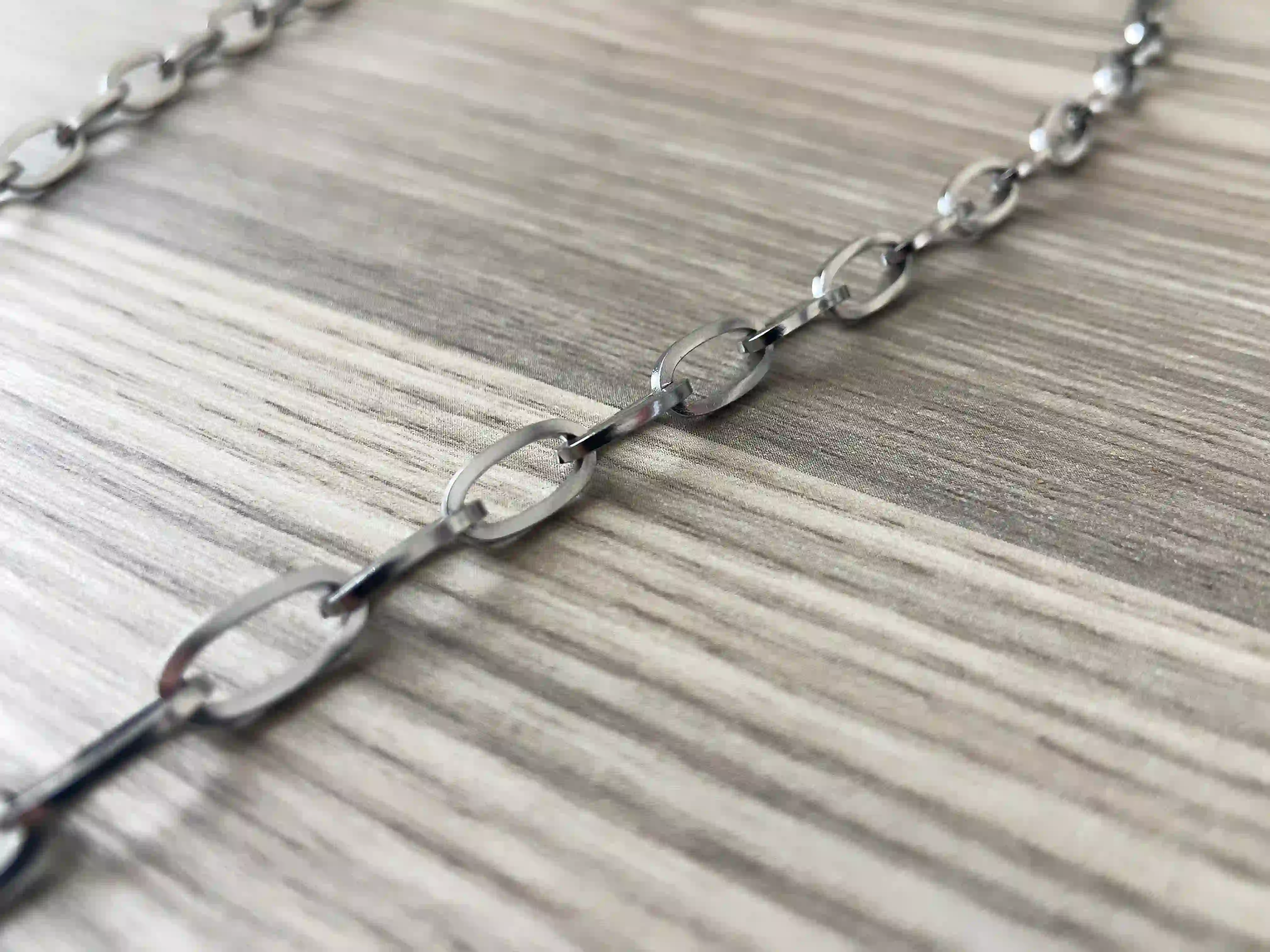
With so many advantages of stainless steel jewelry, it may be easy to forget that there could possibly be any downsides; however, here are a few key ones worth keeping in mind:
Allergic reactions
While stainless steel is generally considered non-allergenic and less likely to provoke allergies than materials like nickel and brass, some individuals with highly sensitive skin can still experience irritation or allergies from trace elements or impurities in its alloy composition. It’s essential to be cautious if you have a known sensitivity to metals.
Limited design options
Stainless steel is sturdy and durable, but it can be challenging when crafting intricate or highly detailed jewelry designs.
It is not as malleable as precious metals like gold or silver, making it less suitable for intricate engravings or delicate jewelry pieces. This limitation can restrict the creativity of jewelry designers.
Susceptible to scratches
Stainless steel is not completely scratch-resistant. While it does offer good resistance to general wear and tear, it can still develop scratches, especially when in contact with harder materials like certain gemstones or metals. Over time, these scratches can diminish the overall appearance of the jewelry.
Difficult to resize
Unlike other materials like gold or silver, stainless steel jewelry is not easily resizable. A jeweler can often resize gold and silver jewelry to fit the wearer better. However, resizing stainless steel jewelry can be more complicated and requires specialized equipment and expertise, making it less convenient for individuals needing size adjustments.
Can tarnish over time
Even though stainless steel jewelry can typically resist corrosion and tarnishing, prolonged exposure to certain environmental conditions, such as high humidity or harsh chemicals, could eventually result in discoloration or distemper.
Though less common among other metals, corrosion requires constant monitoring for best performance.
Understanding these disadvantages can help individuals make informed choices when selecting and caring for their affordable stainless steel jewelry.
Best Ways to Clean Stainless Steel Jewelry
Stainless steel isn’t likely to get scratched, rust, or tarnish, but it may become dull afterward. You should care for your stainless steel jewelry properly if you want it to maintain its new look. Here’s how you can do it:
Way 1: Cleaning with Soap and Water
Supplies Required: Mild dish soap, warm water, and either a soft-bristle toothbrush or soft cloth are required to complete this activity.
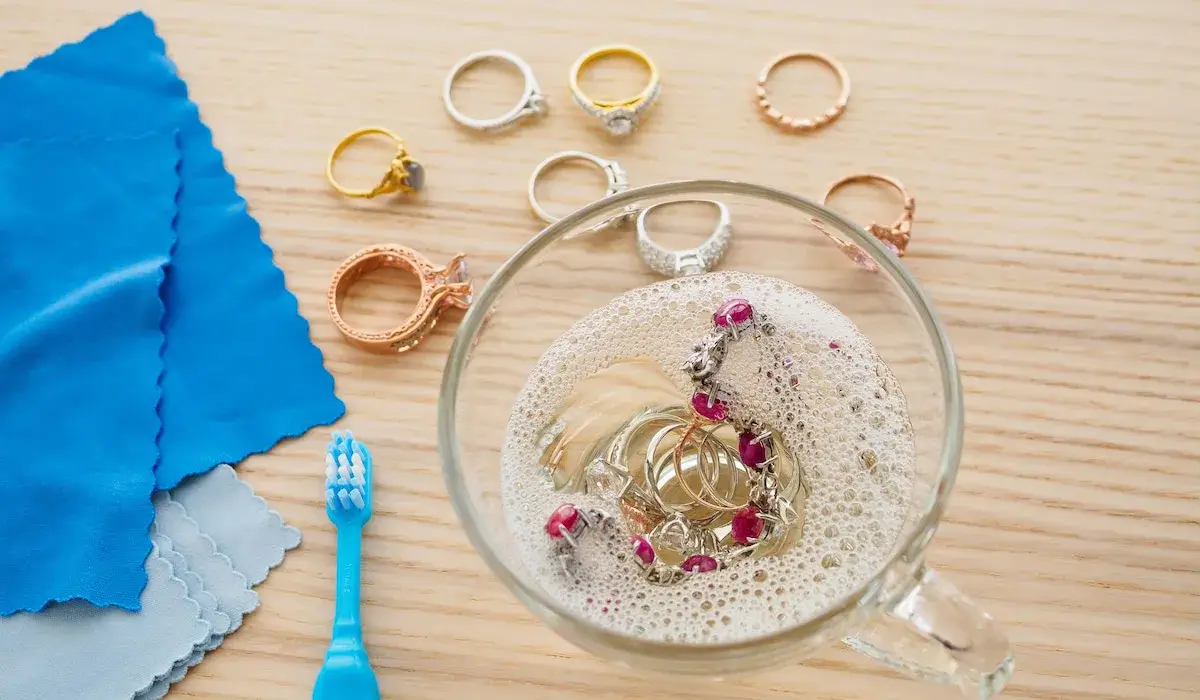
Steps:
- Fill a bowl with warm water, add several drops of mild dish soap, mix, and then submerge your stainless steel jewelry in it for several minutes until its surface appears shiny and soapy.
- Gently scrub jewelry using a soft-bristled brush or soft cloth, paying special attention to any crevices or texturized areas.
- Rinse it well under warm running water to rinse away soap residue before patting it dry with a lint-free cloth to avoid water spots or streaks.
Way 2: Cleaning with Baking Soda
Materials Required: Baking Soda, water, soft cloth.
Steps:
- Mix baking soda with enough water until a thick, consistent paste forms.
- Apply jewelry paste with the aid of a soft cloth or soft-bristle toothbrush for best results.
- Gently rub the paste onto the jewelry’s surface, focusing on areas that need extra cleaning or have tarnish.
- Rinse the jewelry with warm water to clear the baking soda residue.
- Pat your jewelry dry using a clean, lint-free cloth.
Way 3: Cleaning with Toothpaste
Materials Required: Non-abrasive toothpaste and soft cloth or toothbrush are needed.
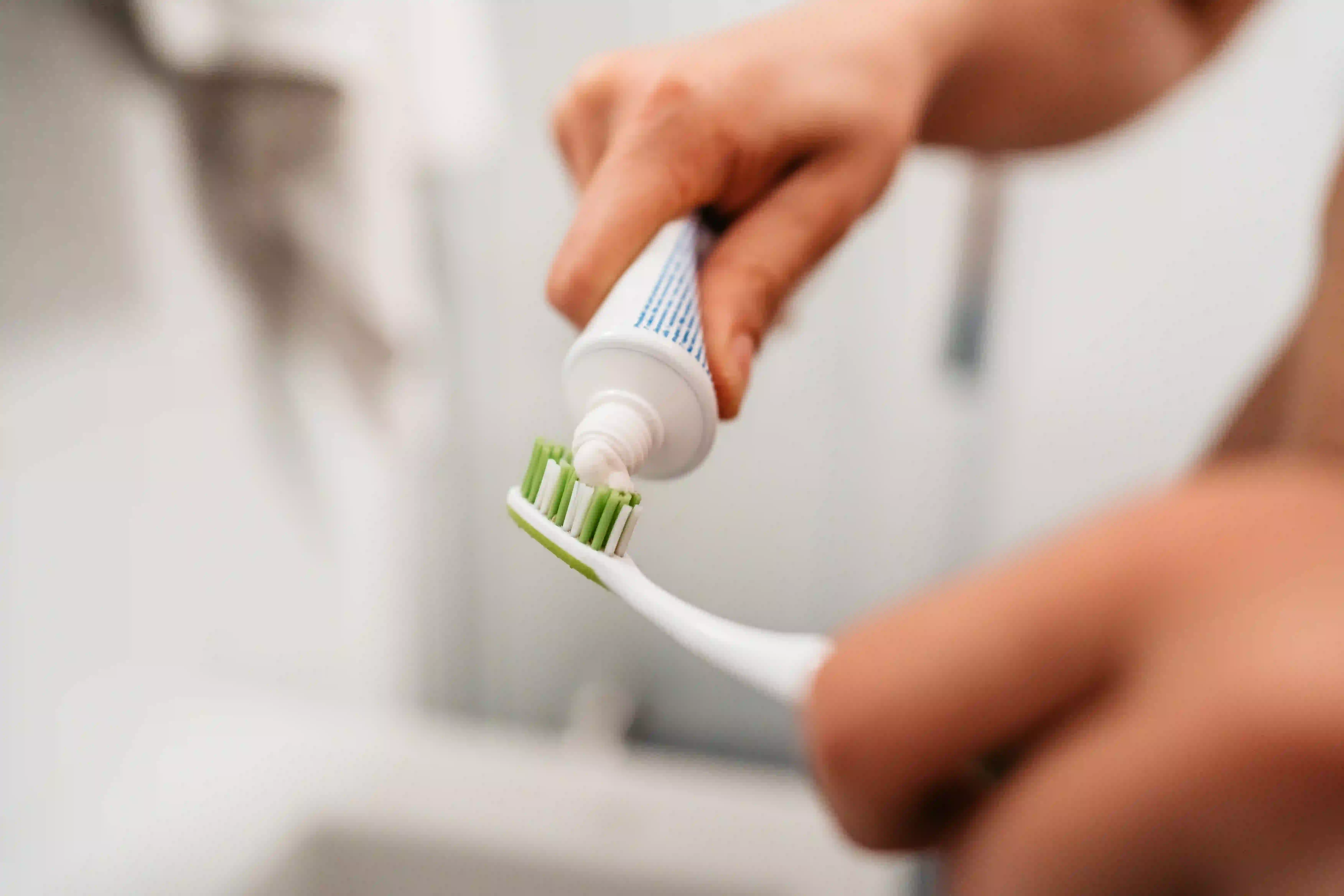
Steps:
- To get the ideal result, apply a small amount of non-abrasive toothpaste onto a soft cloth or soft-bristled toothbrush.
- Spread in a circular motion over teeth for best results.
- Gently rub the toothpaste onto the stainless steel jewelry’s surface.
- Pay particular attention to areas with stains or dullness.
- Rinse the jewelry fully with warm water to empty any toothpaste residue.
- Pat jewelry dry with a clean, lint-free cloth to avoid dust accumulation.
Way 4: Cleaning with an Ultrasonic Jewelry Cleaner
Materials Required: Ultrasonic jewelry cleaner, water.
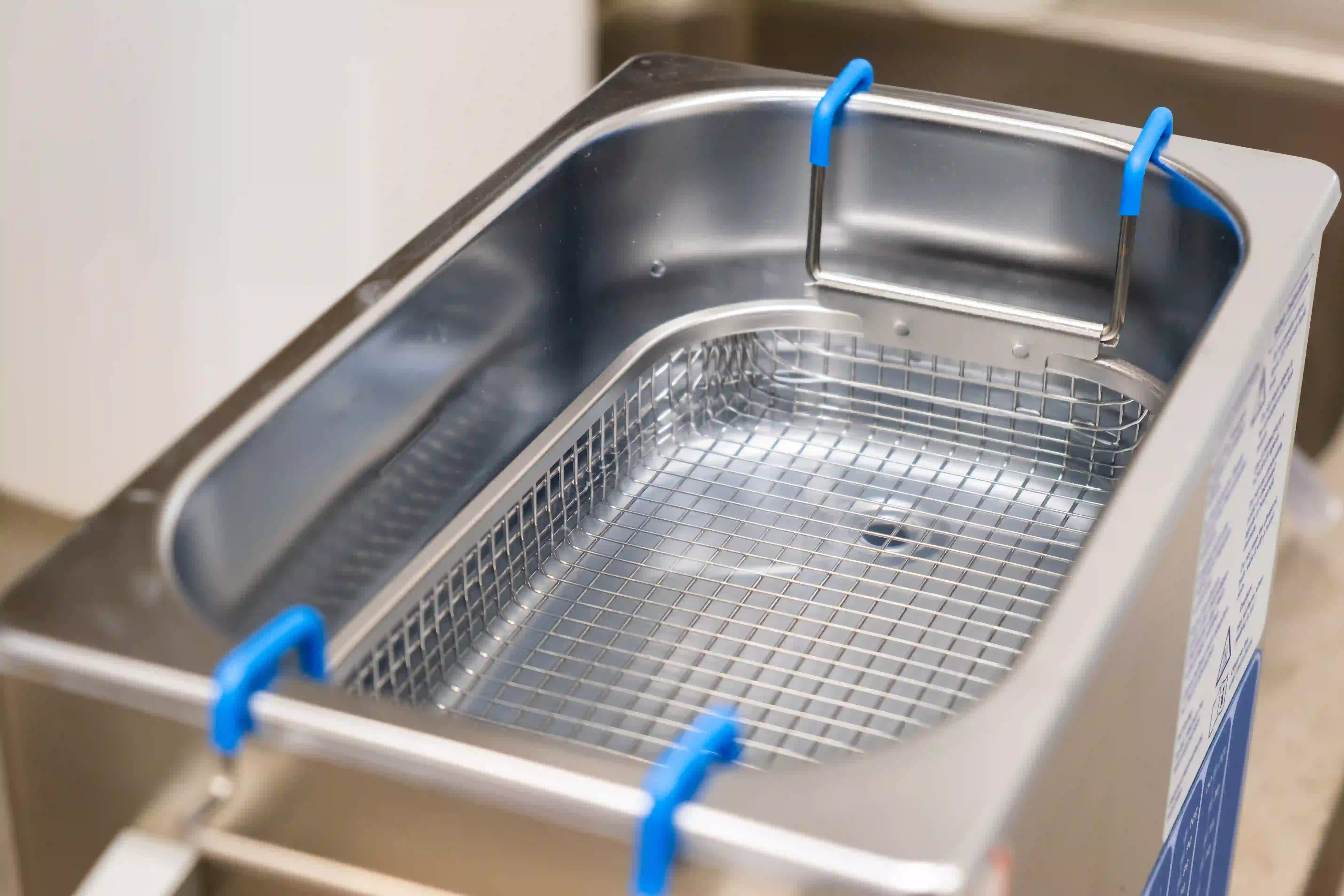
Steps:
- First, read the instructions for your specific ultrasonic jewelry cleaner.
- Fill the ultrasonic cleaner with water as directed by the manufacturer.
- Place your jewelry in the cleaning basket or chamber of the ultrasonic cleaner.
- Switch on the ultrasonic cleaner and run it for the suggested duration.
- After cleaning, remove the jewelry, rinse it with clean water, and pat it dry with a soft cloth.
How to Care for Stainless Steel Jewelry
Properly caring for your stainless steel jewelry can help maintain its shine and longevity. Here are some tips on how to care for stainless steel jewelry:
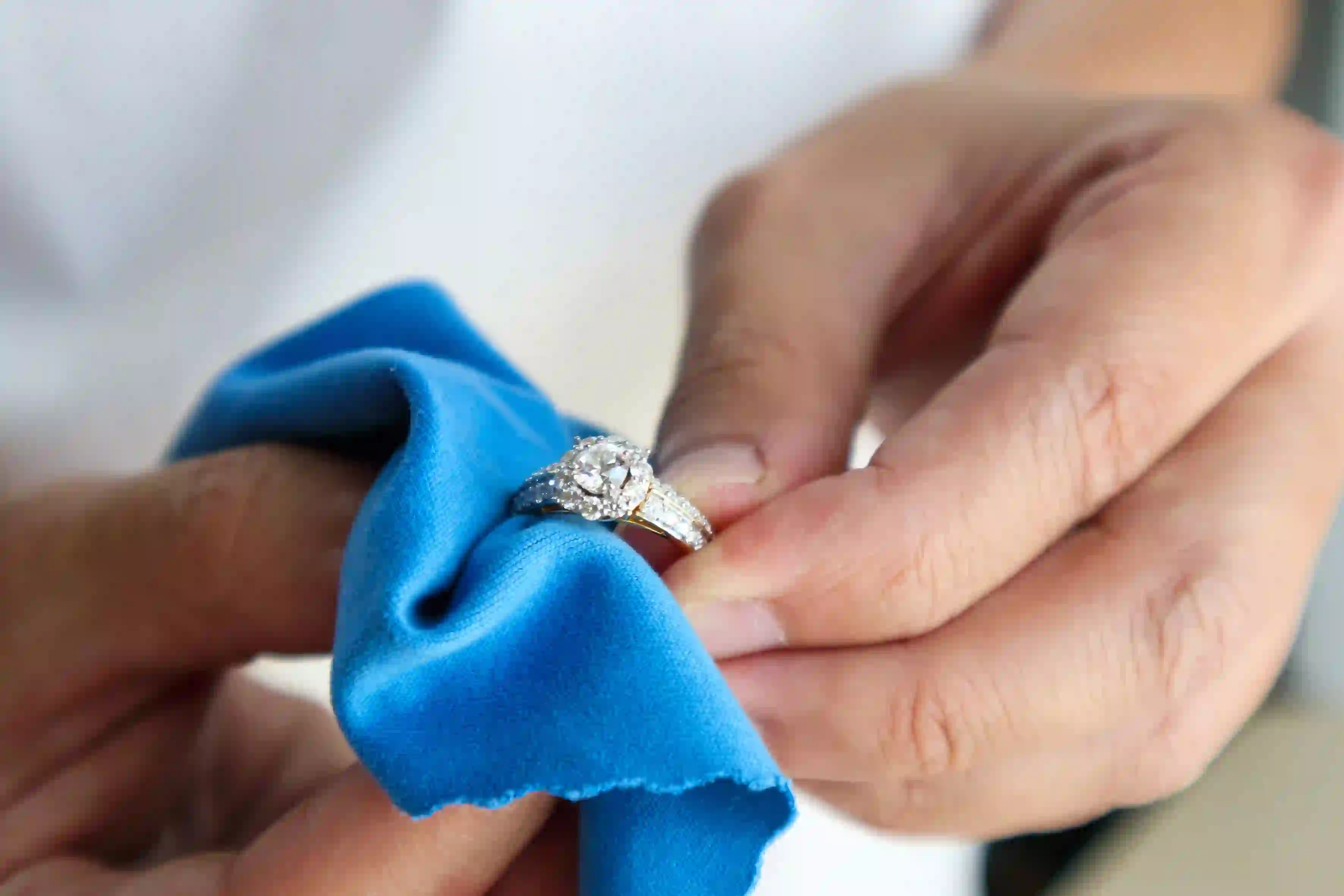
- Clean stainless steel jewelry regularly with mild soap and warm water.
- Maintain shine by periodically polishing with a soft, lint-free cloth.
- Store stainless steel jewelry separately in a box or pouch to prevent scratching.
- Check for loose stones in jewelry with gemstones and secure them professionally to prevent loss.
- Minimize water exposure and remove jewelry before swimming.
Tips: What to avoid with Stainless Steel Jewelry
- Avoid Abrasive Materials: Do not utilize abrasive materials like steel wool or abrasive cleaning pads, as they can scratch the surface of stainless steel jewelry.
- Avoid Tarnish Removers: Tarnish removers and silver polishes are unsuitable for stainless steel. They can be too harsh and damage the metal.
- Limit Contact with Saltwater: Prolonged exposure to saltwater, such as in ocean environments, can accelerate corrosion. Rinse your jewelry with fresh water and dry it thoroughly if it comes into contact with saltwater.
- Avoid Wearing During Intense Activities: Remove your stainless steel jewelry when engaging in heavy sweating, such as exercise, as prolonged exposure to sweat can affect the metal’s finish.
Takeaways

Stainless steel jewelry made of has several advantages, making it a popular option for people looking for affordability, adaptability, and durability. So, if you are looking for attractive and durable stainless steel jewelry that won’t break the bank, at Yehwang, you receive the finest collection of jewelry manufactured from 316L stainless steel at wholesale prices. Their jewelry is hypoallergenic and free of lead, so removing that ring will not cause your digits to turn green.
